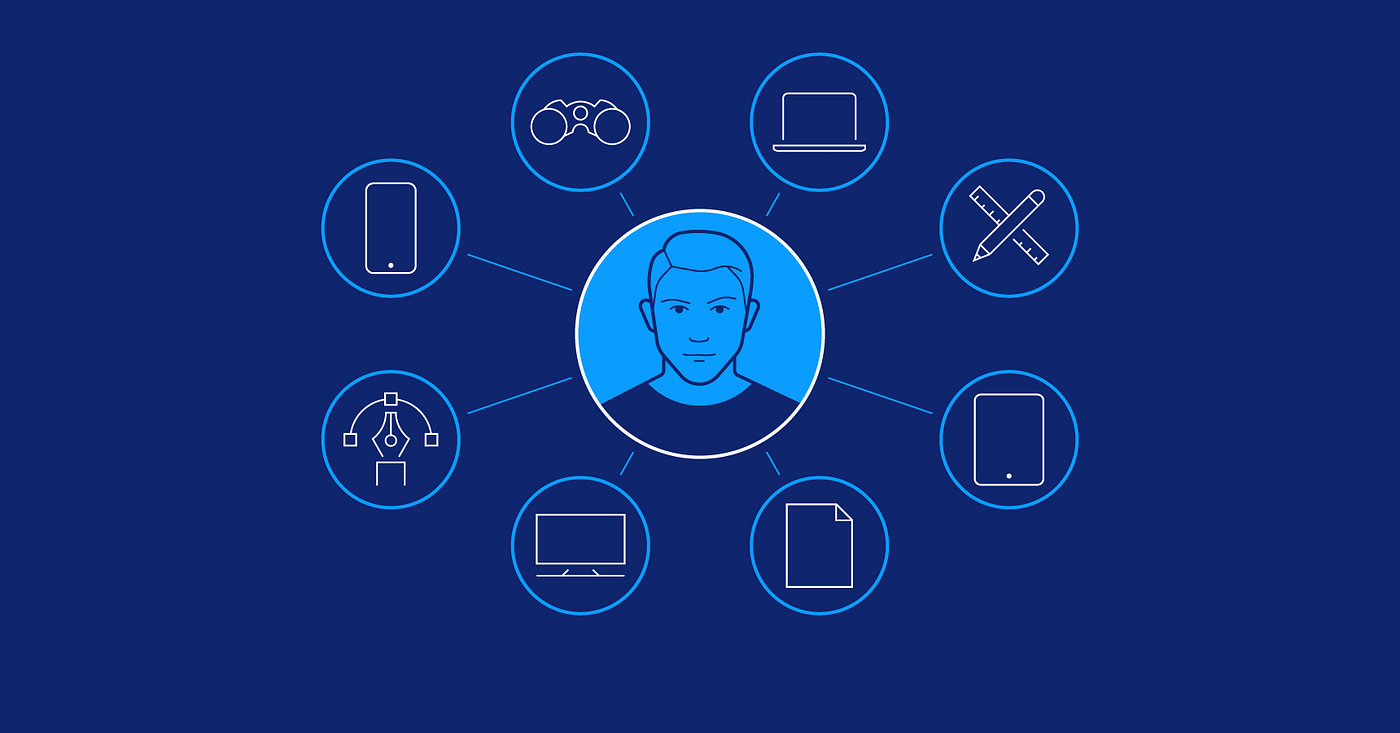Creating new software makes it feel like there are endless possibilities for design. But when you’re on the backend of new software, you might be thinking more like a programmer and less like a user. In the end, the user will be the one that interacts with your product every day, which is why it is crucial to think of them in the design process. This is also why as a software creator you should understand the benefits of user-centered design.
What is User-Centered Design
User-centered design is almost exactly what it sounds like. It’s a design approach that focuses on thinking of the customer experience when building and developing products. Designing products with this in mind helps create a framework for you to follow that may be different from your average design approaches. You’ll need to understand your customers, how they work, what they want, and how to make that easy for them to obtain through your products.
You can implement user-centered design strategies at all points of the creation process. This allows you to think of your customer from the proof of concept to development. It’s important to keep them in mind from the beginning so you know the proof of concept will work rather than making something that people may not need, as outlined in this article. It may take a second to get into the swing of user-centered design, but your products and your customers will only benefit once you do.
Get to Know Your Customers
One benefit of user-centered design is the fact that you get to know your customers. You aren’t just creating a product to throw out into the world and hope it sticks. You’ll be able to create a much more meaningful product that can help the people you are targeting. When you start to think about the type of person that will be using your product you can build a deeper connection. understanding your customers won’t just help the design process, but can also benefit your marketing and sales efforts down the line.
Increase Your Competitive Edge
While you may not be thinking about your competition during the design process, it’s possible that your end users could always go work with another company. By focusing on the user experience, you can create a product that is so great to use, your customers wouldn’t even think to go to a competitor. They will also feel that you put attention and detail into your product, which may be your competitors didn’t do. Customers benefit from companies that show care in their products and that they are put first.
Reducing Risks
When engaging in user-centered design, you will be getting frequent feedback from users that can help you improve your product. It may sound risky or like more work to be getting constant feedback, but this can help reduce any project risks you come across. The more feedback you get, the smoother your design process can be. You won’t need an ever-expanding team to try to answer all of the “what if’s” of a project. Your customers will be doing that for you. So there is less risk involved in hiring a large team and creating a resource burden.
This also helps you reduce overall project risks. Starting any project creates risks but when you know what the user is looking for, you can be more confident in creating your product and putting it out there. You have less risk of users and clients being unhappy. Since you are rolling out different ideas throughout the process, your client can more clearly see the development of the project. So it’s easier to make adjustments rather than have an unhappy client at the end of a project.
Achieve a High ROI
One of the greatest benefits of user-centered design is that you can achieve a higher ROI. Throughout the process of user-centered design, you can use fewer resources to get your project done. You can also waste less time on different design steps or drafts wondering what might work best for your customers. You may even finish a project on a deadline or even earlier than your deadline, saving costs if the project goes over time or budget.
Users will end up having a product that they like to use and may have fewer user fees to pay depending on what the product is. Going through the user-centered design process also helps your company build credibility. So people know what they’re getting into when your product comes out. They’ll be more likely to interact with or make purchases because they know your company and trust that it creates great products.
Conclusion
User-centered design is an incredible strategy to help streamline the design process and create a great product. Users feel appreciated throughout the process and designers don’t have to be overwhelmed by around-the-clock work. It can be easy to keep the blinders on and create something through a designer’s lens. But taking a second to change the framework can help build a product that is appreciated and enjoyed by designers and users alike.





Be First to Comment